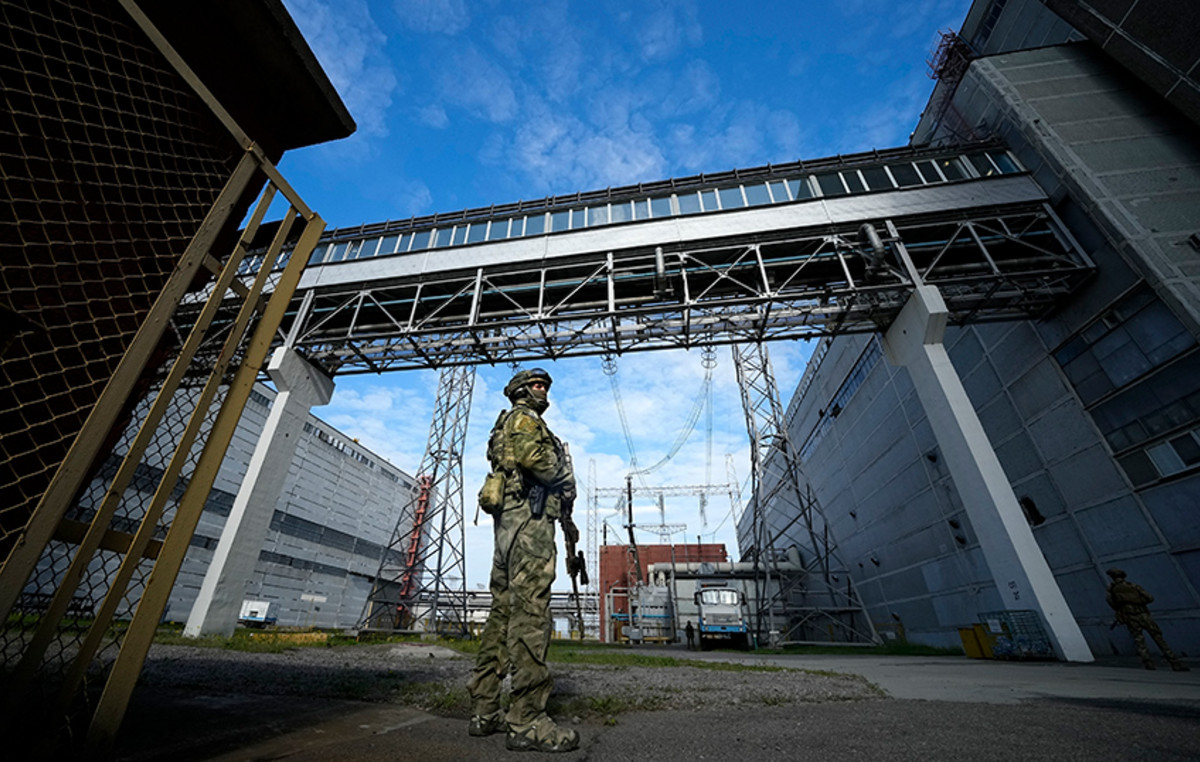Today, January 23, the most massive launch in terms of the number of payloads in the history of astronautics will take place. SpaceX’s rocket will fly into orbit with 143 satellites weighing over five tons for> 30 clients from governments, organizations, companies, and universities. 42-minute start window opens at 16:40 across Kyiv.
The debut of SpaceX’s specialized program for “batch” small satellite launches will significantly surpass the company’s previous record of 64 vehicles in the SSO-A mission.
The world record for the massive launch belongs to the Indian mission PSLV-C37: on February 15, 2017, 104 satellites were launched. However, on November 17, 2018, the Antares 230 rocket delivered a box with more than a hundred nanosatellites to the ISS, and this launch with 108 total vehicles can also be considered a record.
Equipped with a “third stage” – the Sherpa-FX tugboat – the Falcon 9 rocket launches from the SLC-40 pad at Cape Canaveral. Debuting in space, the Andrews Space Upper Stage (a subsidiary of Spaceflight) will launch payloads into a 525-kilometer sun-synchronous orbit with an inclination of 97 °.
SpaceX calls the mission Transporter-1 (see logo), Spaceflight calls it SXRS-3.
See also: “Mars, we are coming!” Musk happily appreciated the Starship test flight that crashed: landing video
Among the payloads are 10 Starlink satellites that will enter polar orbit to test satellite internet in regions where this global project has not yet reached.
Elon Musk sells a place under the head fairing at a price of $ 1 million for 200 kg of cargo on a MTR with $ 5000 for each +1 kg. The company promises to carry out such packaged SSO launches every four months, and missions to orbits with medium inclination – even more often.

Customers are offered another option: if they do not have time to provide the cargo on time before encapsulation, for a 10% commission from the cost of the reservation for launch, satellites will be rebooked for the next mission.
The company uses the reusability of the first stage with might and main: for the B1058 this is already the fifth flight (SpX Demo-2 – May 30, 2020, ANASIS-II – July 20, Starlink-12 – October 6, CRS-21 – December 6). Her soft landing on the Of Course I Still Love You autonomous offshore platform is planned 553 km from the launch site.

You won’t be able to catch the fairing flaps this time: ships Go Ms. Tree and Go Ms. Chief will get to the point of their descent on parafoils 606 km from the launch site after the halves splash down.
Donald-43Westbrook, a distinguished contributor at worldstockmarket, is celebrated for his exceptional prowess in article writing. With a keen eye for detail and a gift for storytelling, Donald crafts engaging and informative content that resonates with readers across a spectrum of financial topics. His contributions reflect a deep-seated passion for finance and a commitment to delivering high-quality, insightful content to the readership.







